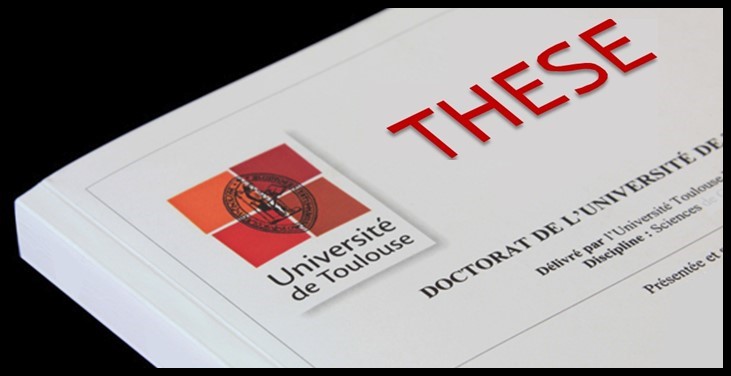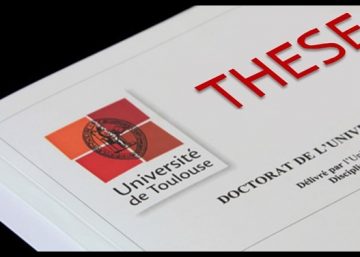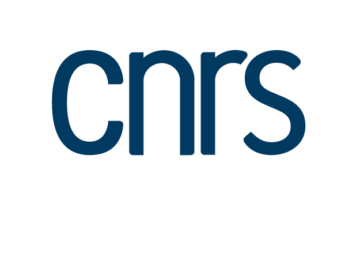La soutenance de thèse de Christopher SEVERNS, intitulée « Diélectriques composites obtenus par fabrication additive destinés aux applications d’isolation électrique dans le domaine aérospatial », aura lieu le Mardi 13 décembre 2022 à 9h30 en Salle des Colloques – Bât 3R2 – Site UPS (en anglais).
Les travaux de thèse ont été réalisés sous la direction de Thierry LEBEY – Directeur de recherche CNRS, au sein du groupe MDCE.
Membres du Jury :
- M. Thierry LEBEY – Directeur de thèse – CNRS Toulouse – LAPLACE
- M. Ian COTTON – Rapporteur – University of Manchester
- M. Andrea CAVALLINI – Rapporteur – University of Bologna
- Mme. Marie-Laure LOCATELLI – Examinateur – CNRS Toulouse – LAPLACE
- M. Alain SYLVESTRE – Examinateur – Université Grenoble-Alpes
- M. Sombel DIAHAM – Examinateur – Université Toulouse III – Paul Sabatier
Résumé :
Over the past decade, « additive manufacturing » (AM) has seen an exponential increase in investment, infrastructure, services and materials available. The advantages of AM parts are reduced weight, reduced number of components and reduced manufacturing time. Conversely, in the application of AM to produce electrical components, the level of technical readiness remained relatively low. Magnetic and conductive elements have been successfully prototyped, but to obtain a machine or assembly « entirely » manufactured by AM, the printing of robust electrical insulation is essential.
The need to use higher voltages on aircraft has two main applications: either to improve the fuel efficiency of conventional propulsion, or to enable the complete electrification of the propulsion system. Propulsion system electrification can be a combination of all-electric systems or high-power density gas turbine systems to power an electric propulsion system.
This thesis focuses on two aspects of electrical insulation produced by AM in the context of airborne applications:
(1) the evaluation methodology, and
(2) the utility of AM materials in aerospace electrical insulation applications.
Three AM processes were examined: stereolithography (SLA), selective laser sintering (SLS) and fusion deposition modelling (FDM). Tests for conductivity, complex permittivity, partial discharge in volume and dielectric rupture were carried out on samples printed in different orientations. The dielectric characterization was carried out over a wide range of frequencies (DC to 1 MHz) and temperatures (-65C to +200C; depending on the material). A dielectric fracture resistance model was developed and applied to the test results. The method was an extension of Schneider and introduced the concept of « critical energy fluence » for the threshold characteristic of a material to facilitate the propagation of filament fracture. This method provided a means of extrapolating test data to arbitrary thicknesses as well as permittivity disturbances.
In general, the materials studied exhibited acceptable dielectric behavior at lower temperatures, with the exception of FDM which produced structures with large empty spaces in the structure. A « composite » dielectric structure was inadvertently examined to the extent that the materials printed by FDM were a matrix of polyetherimide and air. Photopolymer (SLA) and thermoplastic polymer (SLS) offered poor dielectric performance above 80°C corresponding to the softening temperatures of the materials. No clear advantages over existing insulation systems were demonstrated, other than that they allow complex multifunctional designs (dielectric, structural and thermal). Dielectric holdings exceeding 30 kV/mm for a thickness of 1.0 mm were observed for SLA and SLS samples, with dielectric thickness scale laws explored over a range of up to 5.0 mm. For orthogonal construction orientations (construction XY and YZ), no discernible anisotropic dielectric behavior was observed. In the structures printed by FDM, the extended internal voids exhibited anisotropic behavior due to the nature of the shape and orientation of the voids. As built, the FDM method is unusable in applications whose voltages approach the Paschen minimum.
Mots-clés : gradation des contraintes, isolants, contraintes aéronautiques, matériaux, fabrication additive




